Iran Drought Policy
Iran has been suffering chronic dry spells for years. And to tackle this Herculean task is not going to be an easy feat for a relatively new President. But by mid November President Ebrahim Raeisi had met representatives from the Isfahan, Yazd and Semnan provinces, promising to resolve their water issues.
The problem led to protests in the southwestern province of Khuzestan in July and more recently in Isfahan, and, soon afterwards, in its neighboring province of Charmahal and Bakhtiari. What might the government actually do about it?
Nearly half of the one million or so residents of the Chaharmahal & Bakhtiari province are known to be struggling for consistent potable water. Nearly 200 of the province’s villages receive their potable water through tanker deliveries.
Obviously, water for agriculture is also hard to come by, yet agriculture is the source of most jobs in the province. The solution, delivery by tanker, doesn’t sound like much of a solution to either environmentalists or economists!
The first solution is for us to create non-water-based jobs. Although it is not possible in the short term, we need to focus on other potentials available in the country.
The second issue is, as you might know, when a farmer can’t secure his family’s livelihood, he has no other option but to protest. It’s a fact that we don’t have water to give them.
But we need to offset that with credit and financial resources.
Another solution that I think might be helpful in the long run is to eliminate the subsidies to make the prices real. Although it might affect the situation even more heavily, this might potentially solve many problems.
Mostafa Fadaifard, ex Director, Comprehensive Water Management Plan
Experts tend to agree that the government proposed projects are too high-cost and ambitious to be viable, involving the transfer of water from the Caspian Sea in the north and the Persian Gulf in the south to the water needy areas.
Economists believe bringing desalinized water to the southern provinces from the Persian Gulf would cost too much and is not sustainable.
Environmentalists agree that such an endeavor would lead to deforestation and hurt the biodiversity of the region since it would necessitate the laying of an environmentally harmful pipeline, be it underground or above-ground.
I believe that any water transmission between different zones in the country must be stopped.
The other solution I suggest is that deepwater wells, that are used to drain underground water resources, must be deemed illegal and be shut immediately.
All water extraction from the wells must be stopped.
Mohammad Reza Mahboobfar, Environmental Scientist
The President does agree that it is not that simple. At a Cabinet meeting on November 21, he said, “Addressing the water shortages is not limited to the Ministry of Energy” and that problems with shortages in the country have “various dimensions” calling for a comprehensive approach.
Throughout the years, all administrations have been focusing on water-based jobs, including agriculture. The governments constructed either dams or water networks and transmission systems and others.
As you might know, over 90-percent of the country’s renewable water is being used in the inefficient agricultural sector.
On the other hand, we’ve relocated water-intensive industries to dry regions.
Also, we’ve created political, social, and economic facilities in the metropolitan areas that, despite warnings and recommendations, unfortunately, increased the concentration of the population there.
Mostafa Fadaifard, ex Director, Comprehensive Water Management Plan
Villagers forced to drink puddle water
Some villagers have been getting water to drink from small puddles left on the ground after rainfall, as observed by Ali Nazemi, an Iranian hydrologist, according to Climate Home News.
The average temperature across Iran has increased by 2°C since the 1960s and rainfall has decreased by 20% in the last 20 years, according to Iran’s meteorological agency. And yet we have more frequent and very severe heat waves, droughts and floods to look forward to.
Sanctions, international as well as American, haven’t helped the situation. They have, in fact, caused the government to look toward self-sufficiency with over 90% of Iran’s water currently being used for agriculture.
But what seems self-contradictory is that farmers have been encouraged to grow water-intensive crops like wheat, rice and sugar cane.
In any case, drought is a feature of Iran’s climate. What made the matters worse have been our actions.
Without accepting that Iran is a dry country, we’ve increased water consumption by developing agriculture and cultivating water-intensive crops, and expanding rice fields.
In Isfahan, we have about 20 hectares of rice fields [sic].
Professor Hossein Akhani, Saline and River Ecosystems and Wetlands
Iranian officials have gone as far as acknowledging that outdated agricultural and irrigation systems, as well as poor water management policies in the past three decades, have contributed to the country’s nationwide water shortage.
But poor management is a pretty incomplete description of the situation and the events which have led to this untenable state of affairs.
The construction of dams is inevitable in a country like Iran which is arid or semi-arid. This is very important. We can’t even imagine a country like Iran without dams. But the main problem in the country is improper dam construction.
There’s no question, water shortages have been made worse by the building of hydro-electric dams like those on Khuzestan’s Karun River. The water collects in reservoirs and evaporates due to the intense and worsening heat of the desert-hot south.
The Ministry of Energy established structural water management in Iran and began to build too many dams.
These dams are now the scourge of this land because rivers naturally distribute water fairly.
When we built the dams, we made water distribution unfair.
Professor Hossein Akhani, Saline and River Ecosystems and Wetlands
The authorities have released water from these dams to ease the scarcity in response to the recent protests.
Although 33 new water and sewage projects are under construction in the province, some water resources are left untapped or diverted to other parts of Iran.
None of the provinces are exempt.
One ecosystem under particular strain is the Hur al-Azim wetland, on the border of Iran and Iraq.
Since the 1980s the marshes have been dried out due to the building of upstream dams and being opened to oil exploration, consequently, the wetland now covers slightly more than half its former area.
There’s a dam being constructed in Kohgiluyeh and Boyer-Ahmad Province called Cham-Shir, which, like the dam in Gotvand, is being built on a salty foundation.
I’ve recently studied that and talked about it to the media. Trillions of tomans are going to the construction of the dam.
If the budget was used in the deprived province to promote handicrafts or help small industries, if they paid that sum to invest in software development and so on, much more could’ve been done.
Promoting tourism would have attracted a lot of money.
Professor Hossein Akhani, Saline and River Ecosystems and Wetlands
In other areas of the country, farmers do not have enough water to grow their crops and the over-use of aquifers has led to subsidence and sinkholes. A horrendous hazard, described as a silent earthquake and silent death.
Land subsidence is the gradual settling or sudden sinking of the Earth's surface due to subsurface movement of various materials. It is mainly caused by aquifer-system compaction, drainage, and decomposition of organic soils, underground mining, and oil and gas extraction.
Iran having the highest rate of utilizing aquifers, suffers an average rate of land subsidence of up to 25 cm per year.
The irreparable phenomenon intensifies damage inflicted by other natural phenomenon such as earthquakes and floods which destroy not just agriculture but cultural site and ancient monuments as well as modern roads and transportation systems.
The total damage caused by subsidence worldwide is estimated at billions of dollars annually.
In Iran out of 606 plains, more than 300 are in an acutely dire condition.
This comes as no surprise, since 80 percent of the groundwater is withdrawn annually in Iran, outpacing the global rate.
Globally water resources withdrawal is between 3 to 20 percent. 40 to 60 percent withdrawal is problematic, so Iran with its 80 percent rate has a serious water crisis.
The mistakes started when we earned oil revenues. We earned money without making any efforts for it.
That resulted in two outcomes: one was the deepening class divide and the other was the expansion of the government.
The government, and its inner circle, has always enjoyed access to the financial resources which resulted in their expansion.
On the other hand, the government is responsible for managing water resources as stipulated by law.
Professor Hossein Akhani, Saline and River Ecosystems and Wetlands
Hydrological programs, currently at various stages, are slated to compensate and implement groundwater reclamation and a resources balancing project.
It is important to continue to allocate funds to these projects to make them operational, hard-to-achieve as they may seem.
Some 29 out of 31 provinces are currently at risk of subsidence, according to Gholamali Jafarzadeh, head of the National Cartography Center.
At some point, prominent politicians in some provinces like Isfahan, Kerman, and elsewhere, transferred industries that were planned for southern Iran along the Sea of Oman to Isfahan, Kerman, Hamedan, and other central provinces, thinking that they’re serving their people.
This caused subsidence in the country, that is, the aquifers depleted sharply.
As you know, it is a phenomenon that is happening all over the world and is not specific to Iran.
But this phenomenon of subsidence escalated in Iran and especially in Isfahan.
Mostafa Fadaifard, ex Director, Comprehensive Water Management Plan
The plains of Isfahan are among the most critical areas of the country in terms of subsidence. The province has 35 plains and a significant increase in water withdrawal from aquifers and underground resources has put 27 of the 35 into such a poor condition that any and all water extraction has been prohibited.
Even the most populous city in West Asia, Tehran, home and host to some 15 million souls, is sinking into the ground at an alarming rate; more than 25 centimeters annually in some parts.
Lake Urumia, once one of the world's largest saltwater lakes, became a symbol of environmental disaster in 2015. By that year it had shrunk to no more than a 10th of its size.
To feed rapid agricultural expansion in its vicinity, farmers resorted to pumping out deep groundwater for their crops and numerous dams were built.
This happened in the middle of drought in the 1990s, as a desperate answer to drought. But it was a regrettable waste because, as a saltwater lake, it was never suitable for drinking or agricultural use.
The Impact of Climate Change
In April, the Iranian Meteorological Organization warned of an "unprecedented drought" and very low rainfall levels.
While in oil-rich Khuzestan residents took to the streets over water shortages there were also protests over hydroelectric power cuts in other cities.
The government has responded with emergency assistance, but Iran faces a range of environmental challenges from high temperatures, pollution, flooding and vanishing lakes.
I believe those who have suffered losses because of the water crisis and those who've lost their livelihoods need to be identified.
The people in any province, including Isfahan province, who are facing more dangerous problems must be identified.
Their families must be covered for damages caused by the water crisis and drought as soon as possible.
They should receive a monthly payment as compensation for them, to keep them afloat and above the poverty line.
Mohammad Reza Mahboobfar, Environmental Scientist
The agricultural sector in Iran is one of its most important economic sectors. And water is the most limiting factor for production and food security.
More than 90 percent of the renewable water in the country is used in agriculture, but because of low irrigation efficiency, about 50 to 60 percent of renewable water is lost in agriculture, causing agricultural water productivity to be very low.
We managed to mechanize the irrigation of one hundred thousand hectares of agricultural land in Isfahan and Chaharmahal Bakhtiari and drastically reduce water loss by investing a large amount of money.
But due to the faulty governance, nothing changed.
Mechanizing irrigation is a great move, but as long as the water that’s saved is used for other purposes; it should be allocated for drinking water, or re-feeding the aquifers. But unfortunately, the water that was saved was reused in the agricultural sector, expanding the industry even further.
Mostafa Fadaifard, ex Director, Comprehensive Water Management Plan
Groundwater accumulated over many years is found in aquifers below the Earth's surface and is a key source of water in Iran.
Iran suffers from one of the worst groundwater depletion rates in the world. That puts Iran next to India, Saudi Arabia, China and the United States of America.
Pumping out groundwater at a faster rate than it is replenished can lead to increased levels of salt in the soil. And there is a "very high salinity hazard" for irrigation water in many areas in Iran.
What’s more, drought causes a domino effect, hence concerns over the drying up of wetland areas and rivers, which can trigger dangerous dust storms.
Hotter and drier weather will automatically have a greater impact on hydroelectric power generation.
In 2018 water scarcity was still manageable; The Government apparently believes it still is, going by its efforts to change irrigation methods. Hopefully they will turn out to be more than mere “band-aid solutions”.
In addition to climate change improper use of modern sciences and lack of attention to warnings by officials and experts about water shortages have aggravated the situation.
Long-term planning for results requires serious supervision on top of scientific studies and high-up managerial decisions about whether to be an agricultural producing country at best, or be an importer of agricultural products and conserve water resources.
While Iran suffers a water shortage it has invested thought and energy not only into water-intensive crops, but water-intensive industries such as petrochemical mining and steel.
That may sound counterintuitive, but America’s determination to stop Iranian oil exports has resulted in this country looking for alternative sources of income.
And water-intensive industries have eager customers in Asia (principally in China).
They transferred the water from Zayandeh Rud to the Yazd Province, arguing that it’s an industrial province. The industrialized province saw an increase in its population.
It’s interesting to know that people in Yazd are very dissatisfied with the air pollution and the increased population due to the industrialization of the province. They’ve followed up on the matter through the province’s Member of Parliament.
But unfortunately, the industrial and water mafia out-power the people and the parliament member.
Mohammad Reza Mahboobfar, Environmental Scientist
While we’re on the topic of US sanctions, the impact of the Truman Four Principles on the unbalanced development of countries such as Iran, cannot be overlooked.
US president of the 1940s and 50s, Truman called for aiding developing countries catch up with modern science and industry. This would get these countries dependent on the US.
Sure enough, it got Iranian farmers hooked on modern machines they’d need US assistance with. And American exports to Iran amounted to 20 times Iranian exports to America. America was even selling us Items we were already producing ourselves!
Water levels in the country’s lakes and reservoirs have halved since last year due to the severe drought affecting the country and the wider region, a report from Iran’s space agency asserted in October.
President Raeisi’s short and long-term solutions
In the short term the fair distribution of the existing water resources and taking advantage of deep water resources, which has been one of the factors posing a danger so far; how that plan is going to pan out in practice is to be seen.
The other solution I can suggest involves the country’s dams.
We should allocate three months to assess the damage the dams are doing to the environment, nature, and the surface and underground water resources.
They then need to be opened to release the water back to nature and the environment.
Mohammad Reza Mahboobfar, Environmental Scientist
Zelensky: ‘General consensus’ reached with US on Ukraine peace plan
Iran's Rahman Amouzad named world's 'most dominant’ freestyle wrestler of 2025
VIDEO | Iran works to boost solar power production
Explainer: How Kowsar 1.5 satellite fits into Iran’s push for sovereign space infrastructure
US imposes visa bans on ex-EU commissioner, anti-disinformation activists
Iran rejects coercion, says no to inspection of damaged nuclear sites
Over 150 Iranian MPs condemn US 'maritime piracy' in Caribbean
Why Iran’s reverse engineering prowess is giving jitters to American war hawks


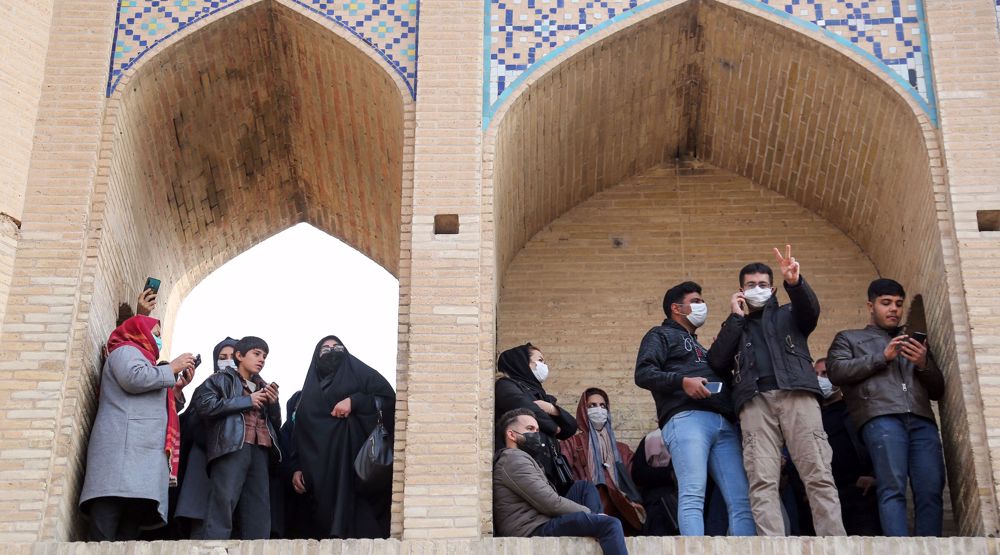
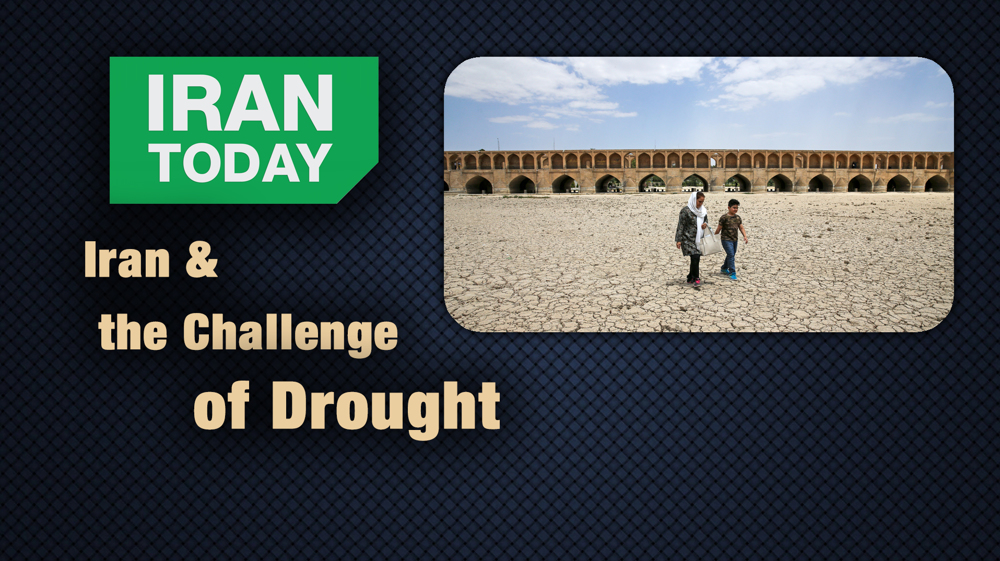
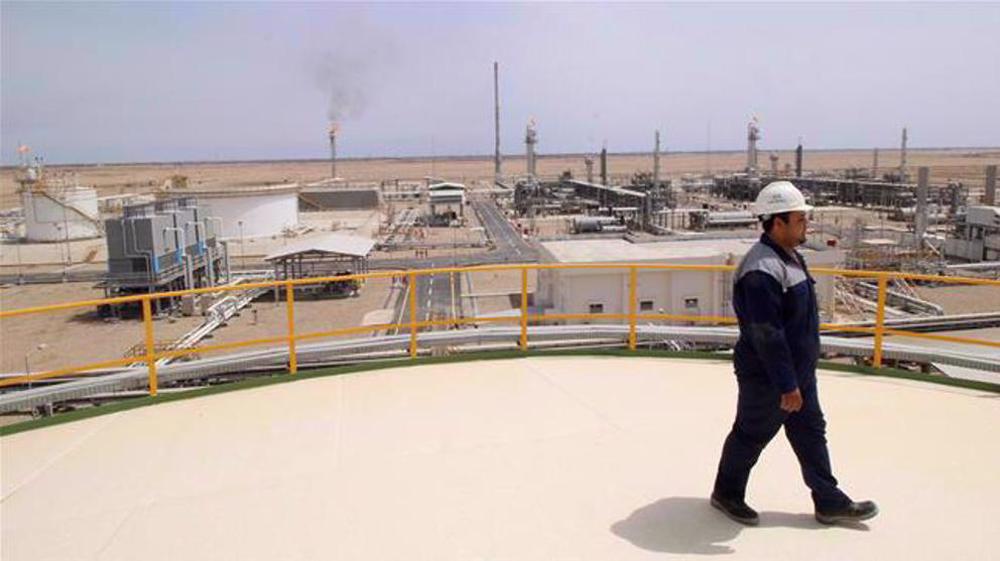


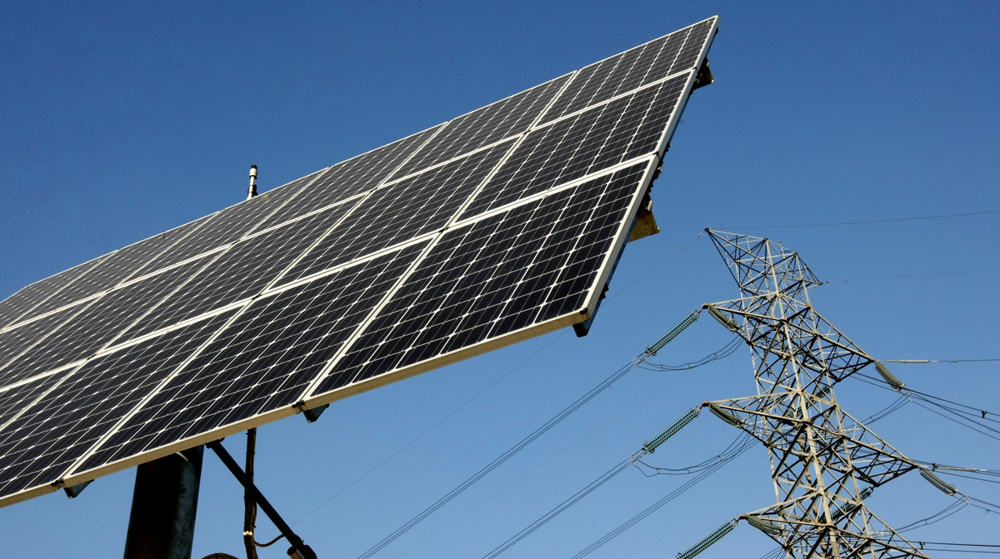
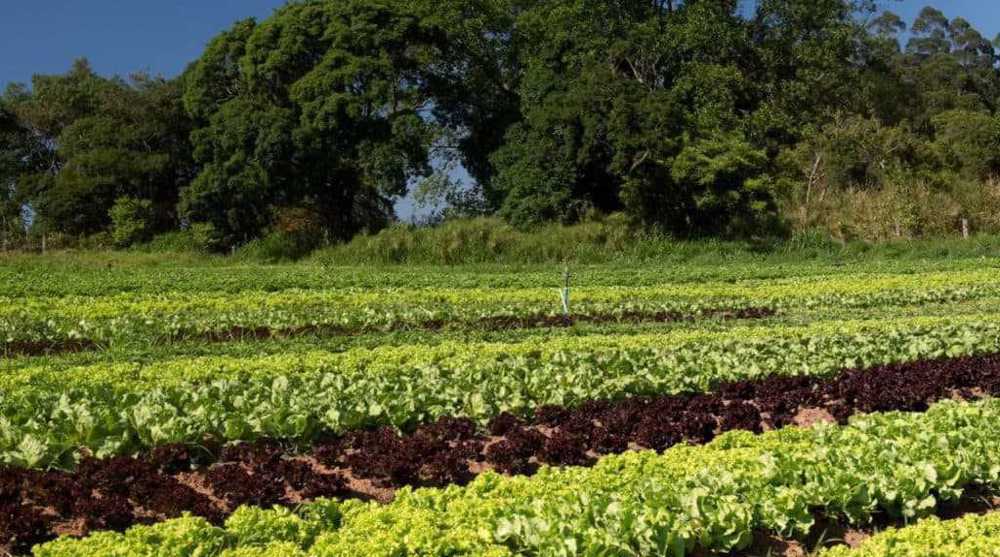



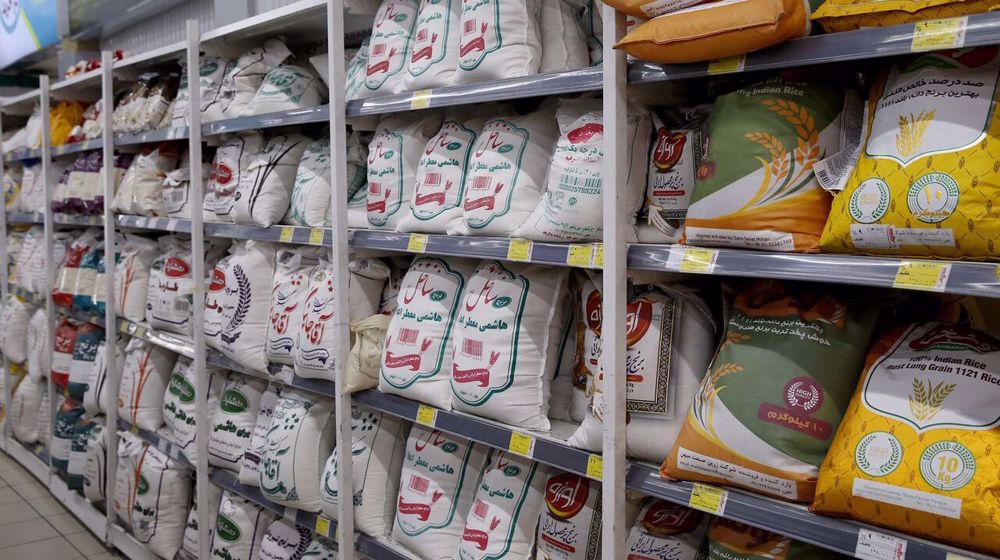
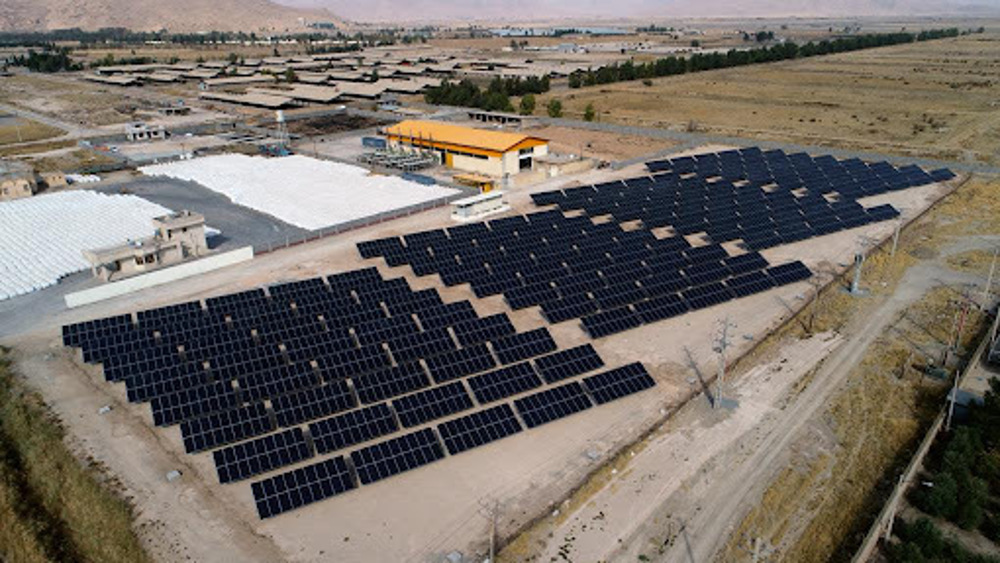






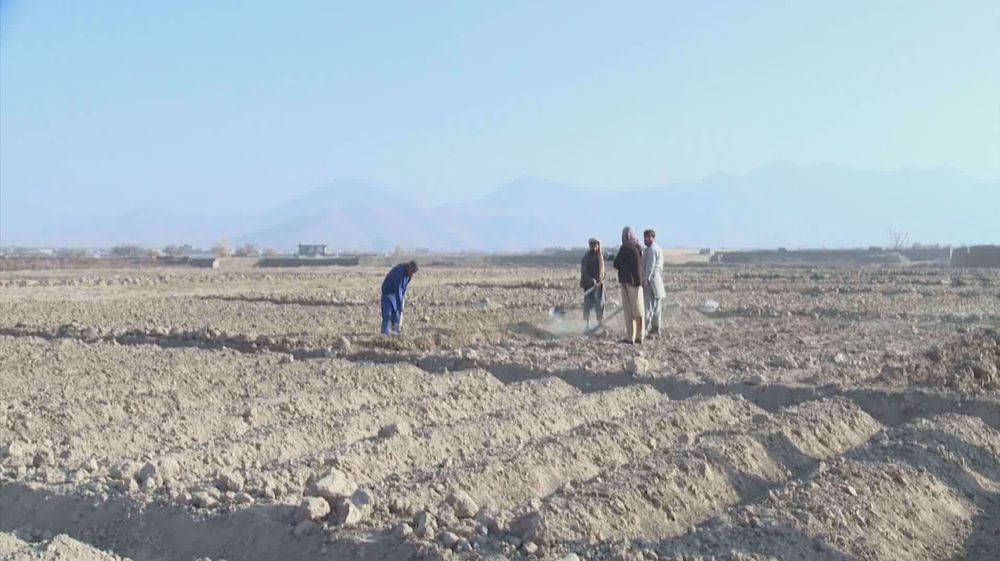
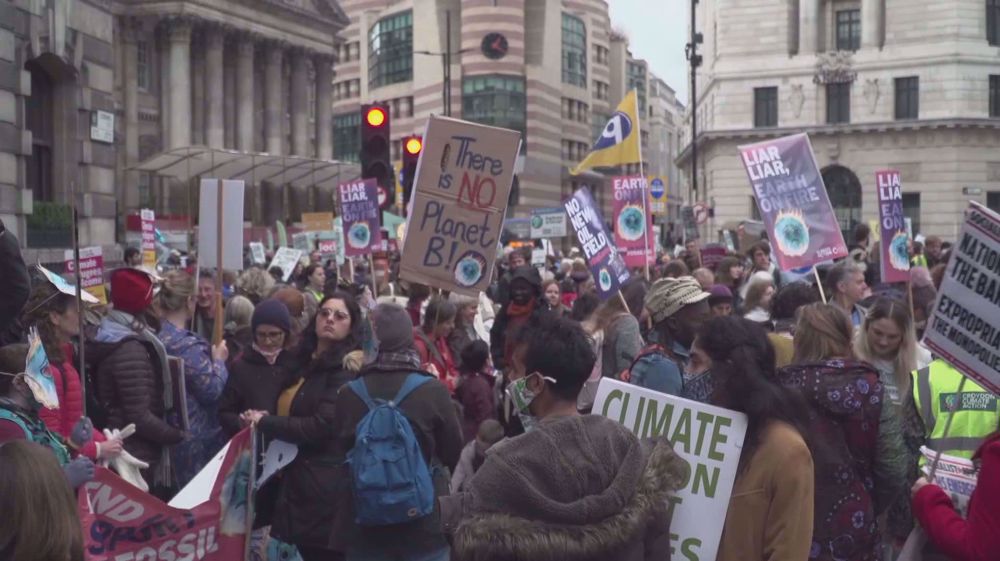
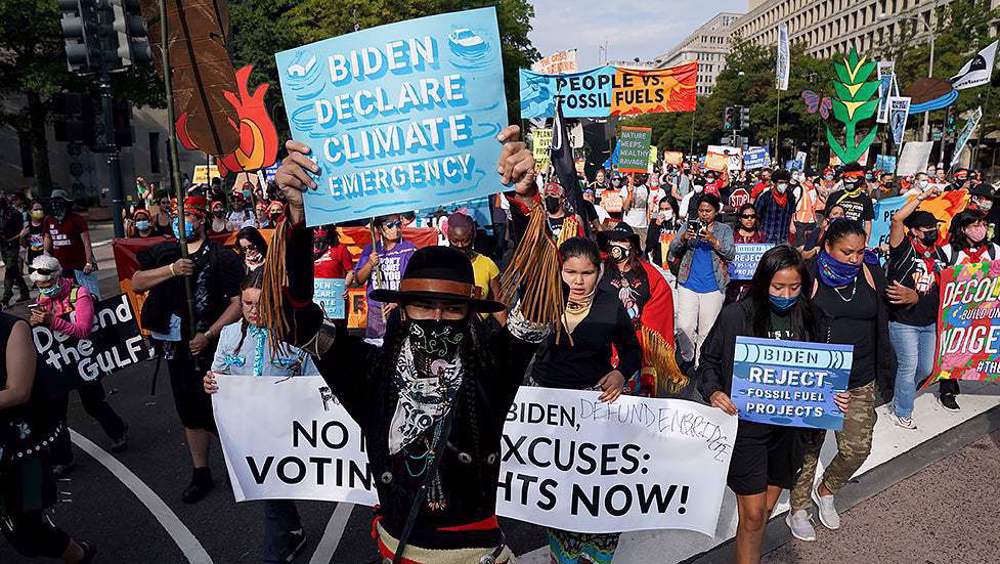


 This makes it easy to access the Press TV website
This makes it easy to access the Press TV website